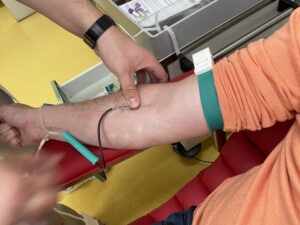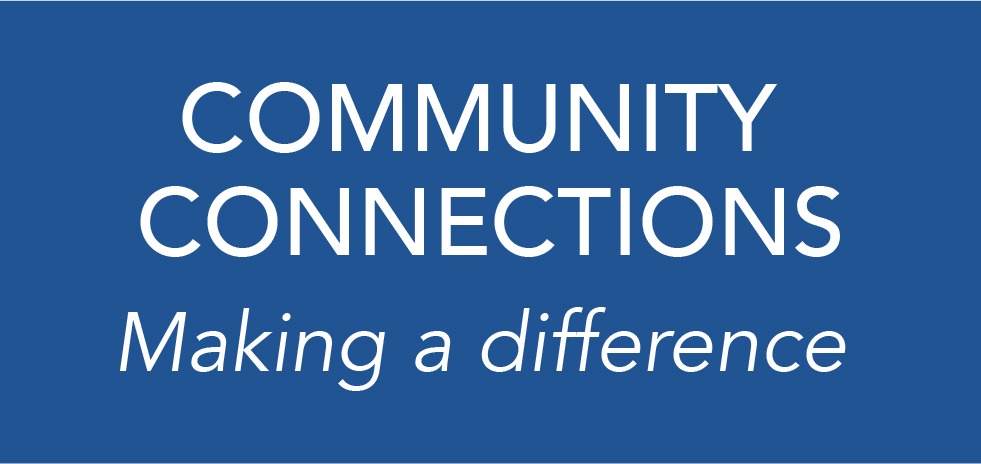Globally, diabetes is becoming increasingly prevalent, as are the myths and misconceptions that surround it. Here, we discuss 11 of these repeated untruths.
Currently, around 1 in 10 people in the United States have diabetes. Globally, more than 422 million people are living with the disease.
Although diabetes is a familiar word, symptoms vary, and the biological mechanisms involved are complex. Because it is both common and complicated, half-truths abound.

It helps to understand what diabetes is and the differences between the three most common forms of diabetes: type 1, type 2, and gestational diabetes. Type 1 diabetes is an autoimmune disease in which the immune system attacks the pancreas cells that create insulin. It tends to occur earlier in life than type 2 diabetes. In type 2 diabetes, the body does not make enough insulin, does not respond well to insulin, or both.
At least 90% of people with diabetes in the U.S. have type 2.
Gestational diabetes, as the name suggests, occurs during pregnancy. During pregnancy, the body needs more insulin. Gestational diabetes occurs when the body cannot meet these new requirements.
Although gestational diabetes usually goes away after birth, there is a risk of developing it again during future pregnancies and developing type 2 diabetes later in life.
1. MYTH: Eating sugar causes diabetes
Eating sugar does not directly cause diabetes. However, consuming a sugary diet can lead to overweight and obesity, which are risk factors for type 2 diabetes.
This is a common myth, perhaps understandably — blood sugar levels play an essential role in diabetes. Sugar itself, though, is not a causal factor.
Scientists still do not understand why some people develop type 1 diabetes, and others do not. However, they claim nutrition is not a risk factor.
2. MYTH: Diabetes is not serious
Perhaps because diabetes is so common, some people believe that it is not a serious disease. This is incorrect. There is no cure for diabetes, and there are a host of complications that can occur if a person does not manage the condition well. Complications include cardiovascular disease, nerve damage, kidney damage, blindness, skin conditions, and hearing impairment.
In 2018, diabetes was the underlying cause of 84,946 deaths in the U.S. The World Health Organization estimates that diabetes caused the death of 1.6 million people in 2016.
3. MYTH: Diabetes only affects people with obesity
Overweight and obesity are risk factors for type 2 diabetes and gestational diabetes, but the condition can occur in people of any weight. According to data from the Centers for Disease Control and Prevention (CDC) National Diabetes Statistic Report, 2020, 11%of people with type 2 diabetes in the U.S. are neither overweight nor obese.
Type 1 diabetes has no association with body weight.
4. MYTH: Obesity always leads to diabetes
Although obesity increases the risk of diabetes, it does not inevitably lead to the disease. According to the CDC, an estimated 39.8% of adults in the U.S. have obesity, but 13% have diabetes.
5. MYTH: People with diabetes cannot eat sugar
People with diabetes certainly do need to manage their diets carefully: monitoring carbohydrate intake is important. However, they can still incorporate treats.
The American Diabetes Association explain: “The key to sweets is to have a very small portion and save them for special occasions, so you focus your meals on healthier foods.”
Individuals with diabetes need to carefully plan what and when they will eat to ensure that their blood sugar levels remain balanced.
A related myth is that people with diabetes need to eat special “diabetes-friendly” foods. These products are often more expensive, and some can still raise glucose levels.
6. MYTH: Diabetes always leads to blindness and amputation
Thankfully, this is a myth. While it is true that diabetes can lead to blindness and amputations in some cases, it is not inevitable. And for individuals who manage their condition carefully, these outcomes are rare.
The CDC estimates that 11.7% of adults with diabetes have some level of vision impairment. Lower-extremity amputation occurs in around 0.56% of people with diabetes in the U.S. Experts have identified several risk factors that increase the likelihood of experiencing diabetes-related complications. These include obesity and overweight, smoking, physical inactivity, high blood pressure, and high cholesterol.
7. MYTH: People with diabetes should not drive
A diabetes diagnosis does not automatically mean that someone needs to stop driving. In a position statement on diabetes and driving, the American Diabetes Association explains: “Most people with diabetes safely operate motor vehicles without creating any meaningful risk of injury to themselves or others.”
However, they also explain that, if concerns arise, people should undergo assessment on an individual basis. According to the U.S. Department of Transportation: “People with diabetes are able to drive unless they are limited by certain complications of diabetes. These include severely low blood glucose levels or vision problems. If you are experiencing diabetes-related complications, you should work closely with your diabetes healthcare team to find out if diabetes affects your ability to drive.”
8. MYTH: Prediabetes always leads to diabetes
In the U.S., an estimated 88 million or 1 in 3, adults have pre-diabetes. Pre-diabetes is a condition where blood sugar levels are higher than normal but not quite high enough to classify as diabetes. If left unchecked, pre-diabetes can develop into type 2 diabetes.
However, it is not a given. Lifestyle changes can turn the tide. Regular physical activity and a more healthful diet can stop diabetes in its tracks.
9. MYTH: People with diabetes cannot be active
Once again, this is untrue. In fact, exercise is an important component in the management of diabetes. Among other things, exercise helps drive weight loss and reduces blood pressure, both of which are risk factors for complications. It can also help the body use insulin better.
However, exercise can impact blood sugar levels in various ways, sometimes increasing it and, at other times, decreasing it.
According to Diabetes specialists, “Some days, you’ll do exactly the same type of activity and eat the same foods, but your blood sugar levels may act differently to what you’d expect.”
They also offer tips for managing blood sugar during activity:
- Check your blood sugar while exercising and keep a record of how it behaves to show your doctor.
- This can help guide any necessary changes in insulin.
- For people who are at risk of hypos, keep fast-acting carbohydrates close to hand.
- Wear diabetes identification so that people can help if needed.
10. MYTH: You can ‘catch’ diabetes
This is a myth. Pathogens do not cause diabetes, so a person cannot pass it to someone else. Doctors classify it as a noncommunicable disease.
11. MYTH: Some natural products cure diabetes
Currently, there is no cure for diabetes. Any claims that a product can cure diabetes are false. Many herbal or natural products will do little or nothing and, in some cases, they can potentially cause harm.
“Because certain herbs, vitamins, and supplements may interact with diabetes medications (including insulin) and increase their hypoglycemic effects, it is often argued that [using] natural therapies could reduce blood sugars to dangerously low levels and raise the risk of other diabetes complications.”
Diabetes is a complex but common disease. As its prevalence increases, it is essential to overturn myths as we find them.





































